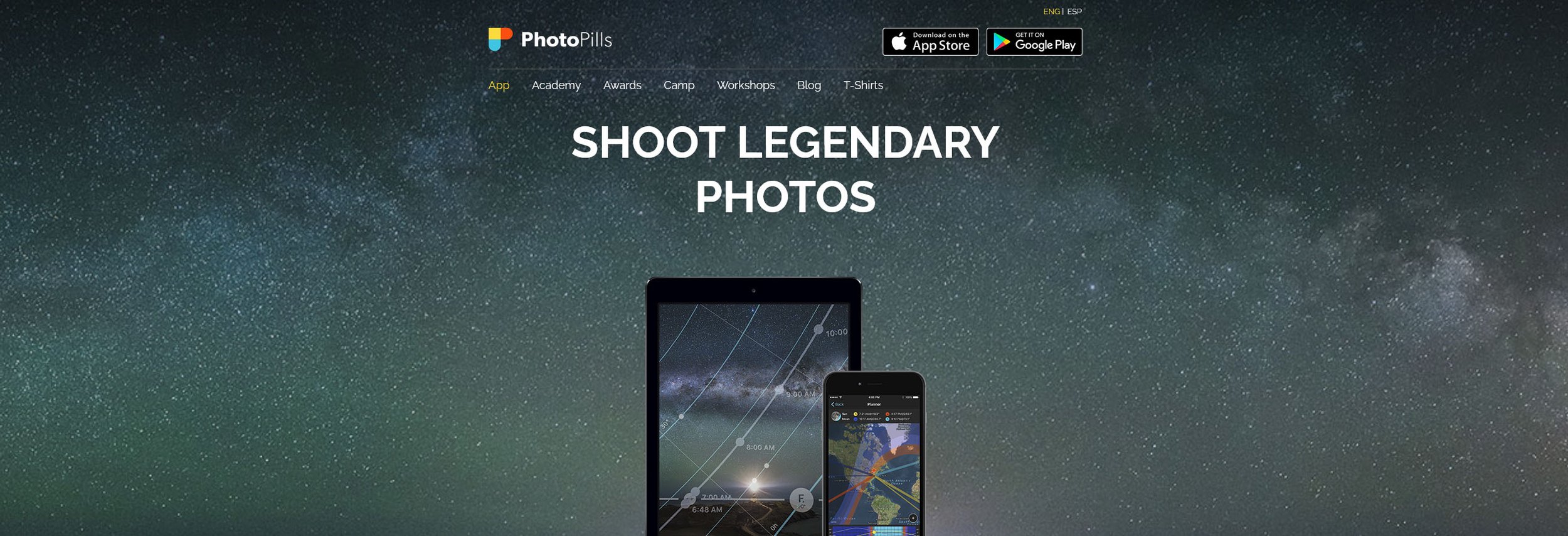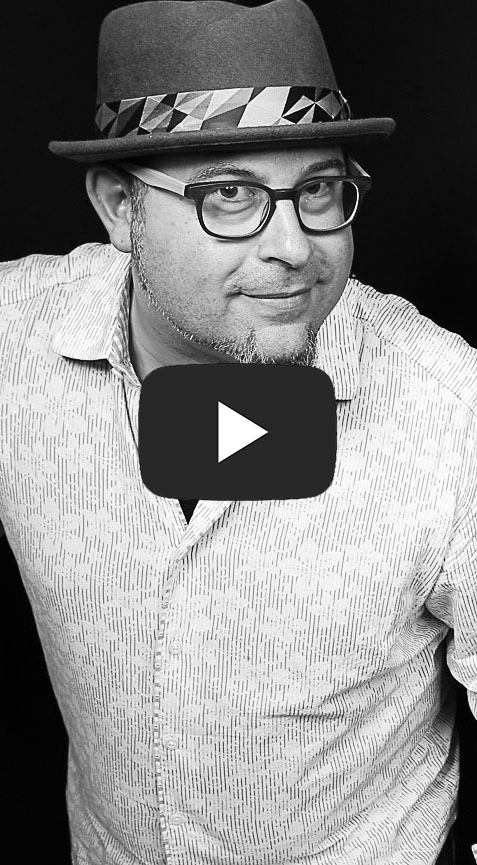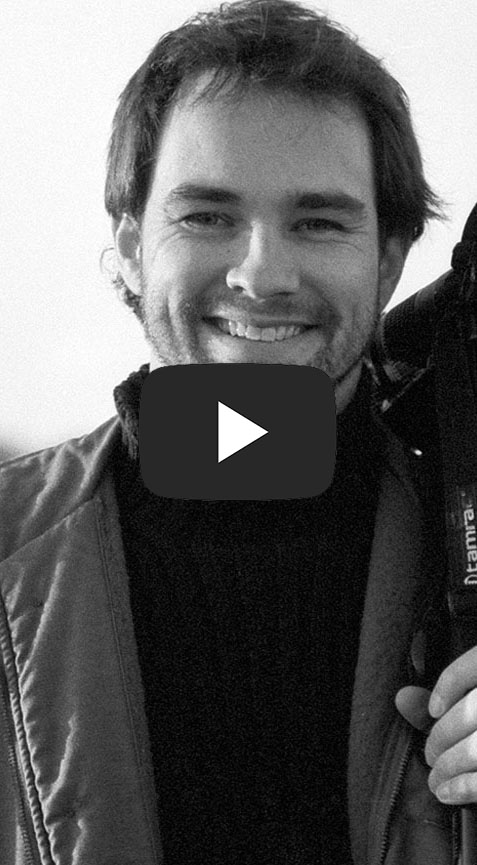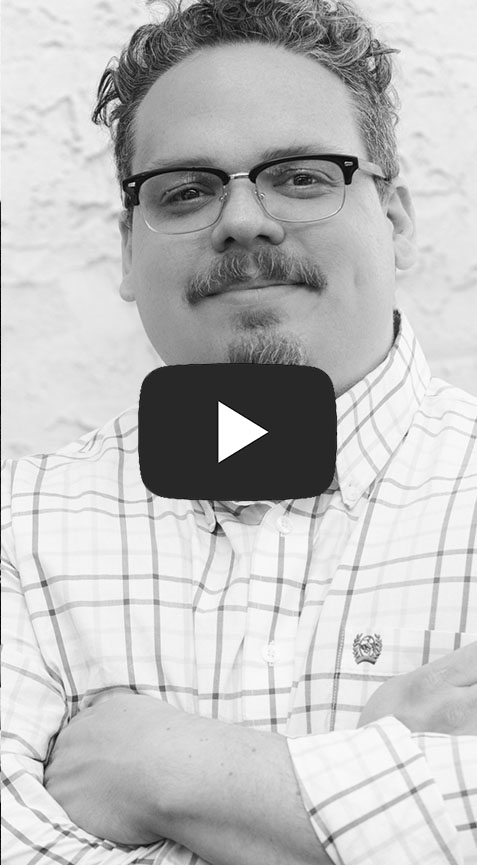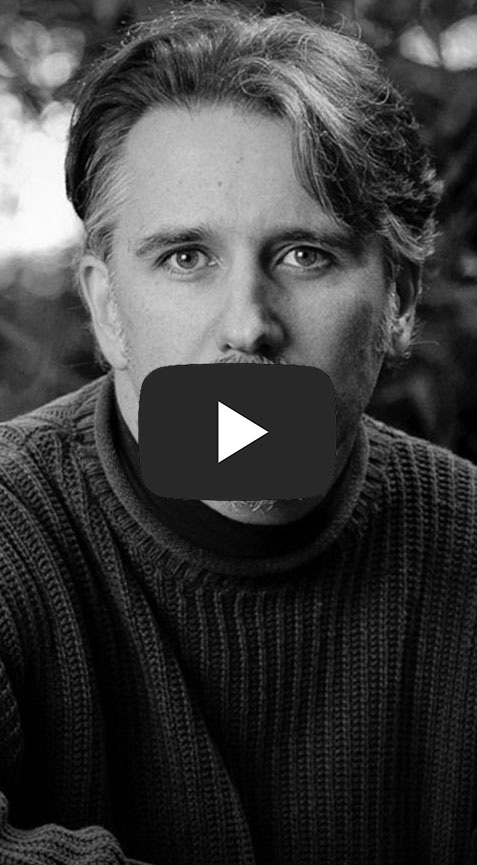As most of you know, we love the PhotoPills app. It is packed with tons of useful information for photographers. We use it to plan locations from home, scout the stars during the day, figure out exposures, calculate hyperfocal distances, visualize star trails and much, much more.
Earlier this year Chris Nicholson wrote a great article on “The Many Ways That PhotoPills Helps A Night Photographer,” which zeroes in on several key features that are essential to his workflow. Tim Cooper always says that PhotoPills is the best $10 investment he’s ever made in photography, and the rest of us definitely agree.
Yet PhotoPills is much more than an app. The team behind it also offers a lot of education to support their mantra of “Imagine. Plan. Shoot.” Why? Because their goal is to help people become better photographers.
National Parks at Night embraces that same philosophy, and we have partnered with PhotoPills often to collaborate. In 2018 we invited Rafael Pons, also known as The Bard of PhotoPills, to speak at our very first conference, the New York Night Photography Summit, and he also spoke at our Night Photo Summit online conference in 2021 and 2022. We’ve even run four PhotoPills Bootcamp workshops, with a fifth coming next year.
This past May, Chris and I were instructors at PhotoPills Camp, a much-sought-after international gathering of PhotoPillers hosted on the Mediterranean island of Menorca, Spain. It was an amazing experience, and we finally met the entire PhotoPills family on their home turf!
Shortly thereafter, Rafael invited Chris and I to present as part of their Masterclass series on YouTube. Both of those masterclasses were livestreamed in the past two weeks.
I spoke about star trails and Chris taught about how to photograph lighthouses at night. We are very passionate about these subjects and have been honing classes about them for years. But given the chance to speak on the PhotoPills Masterclass platform, we knew we had to share every bit of information we knew, and then some. So we hit the books, pushed the stars and lighthouses beyond anything we had tested before, and voila!
Both classes are now posted on the PhotoPills YouTube channel for you to watch at your leisure.
It was a great thrill to see so many friends and workshop alums among the livestream visitors (thank you!), and we’ve been enjoying reading the positive comments in the chat.
Please leave any questions you might have in the comments for each video. Chris and I will be monitoring them for the next few weeks and want to make sure you are ready to Seize the Star Trails and Lighthouses in the near future.
What other night topics are you interested in learning more about? Drop them in our comments below and #staytunedformore.

